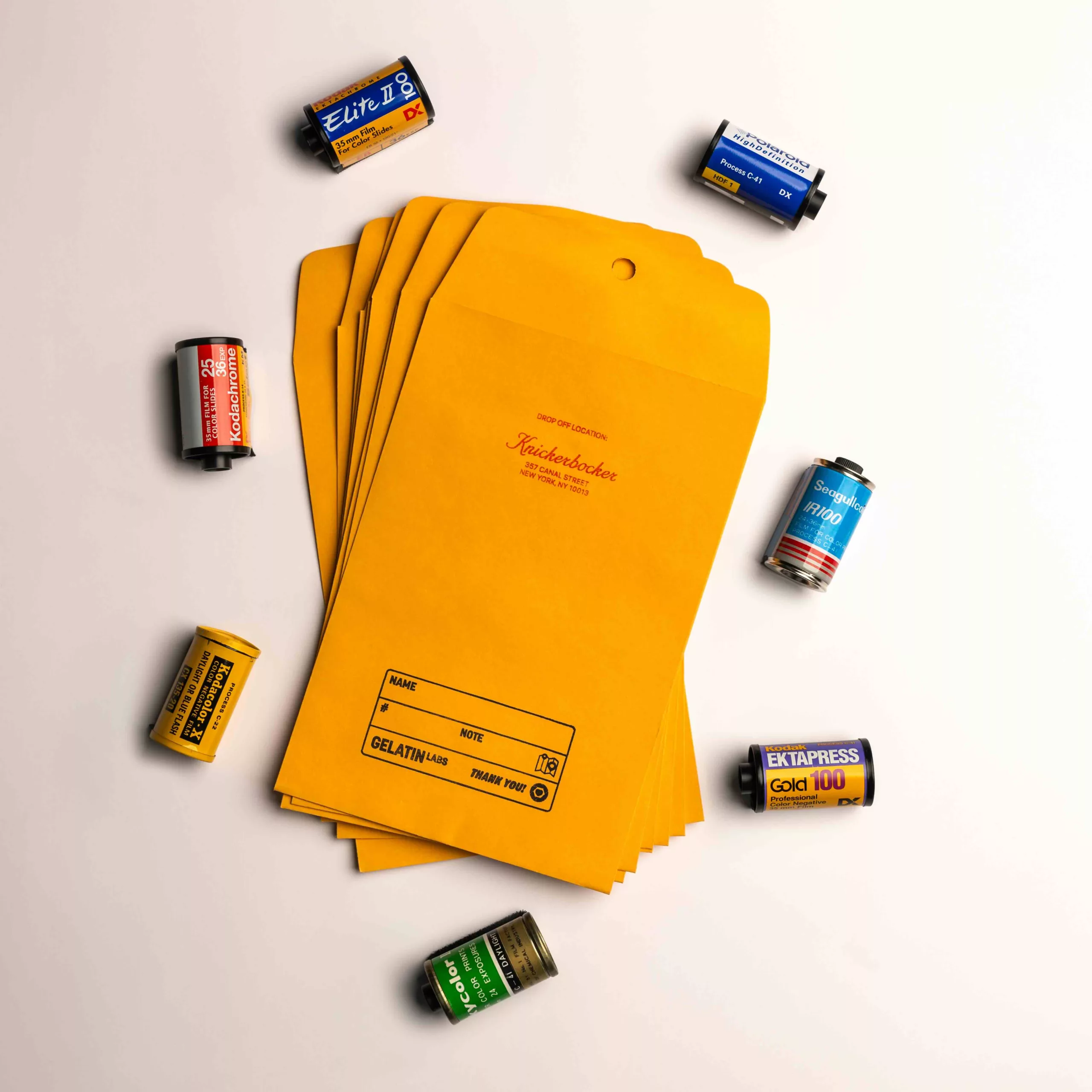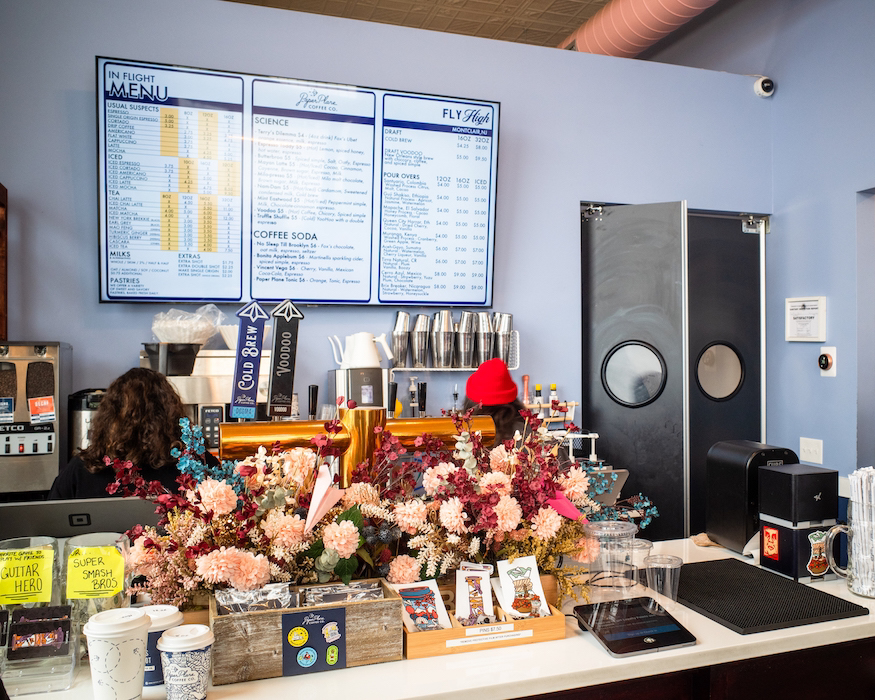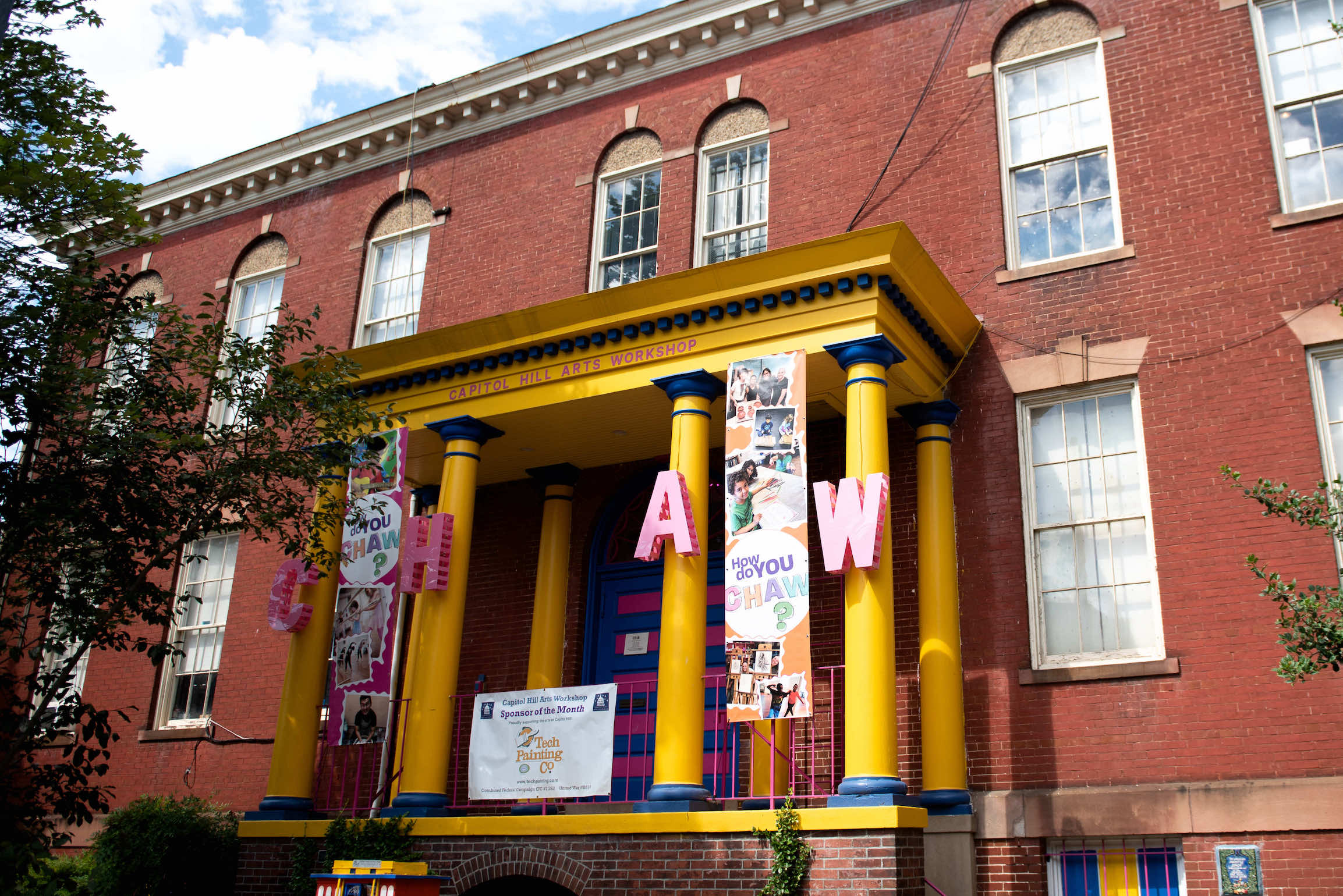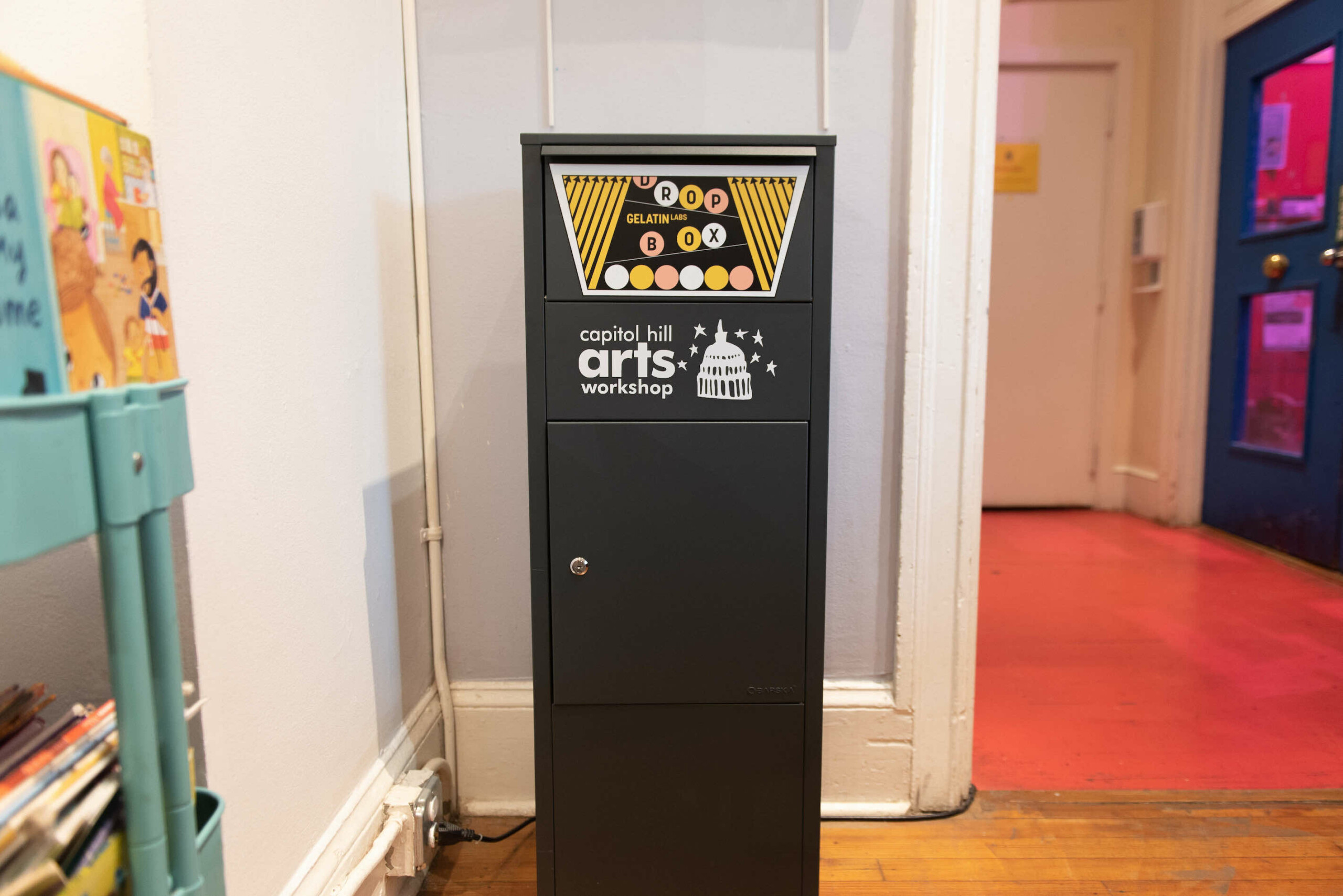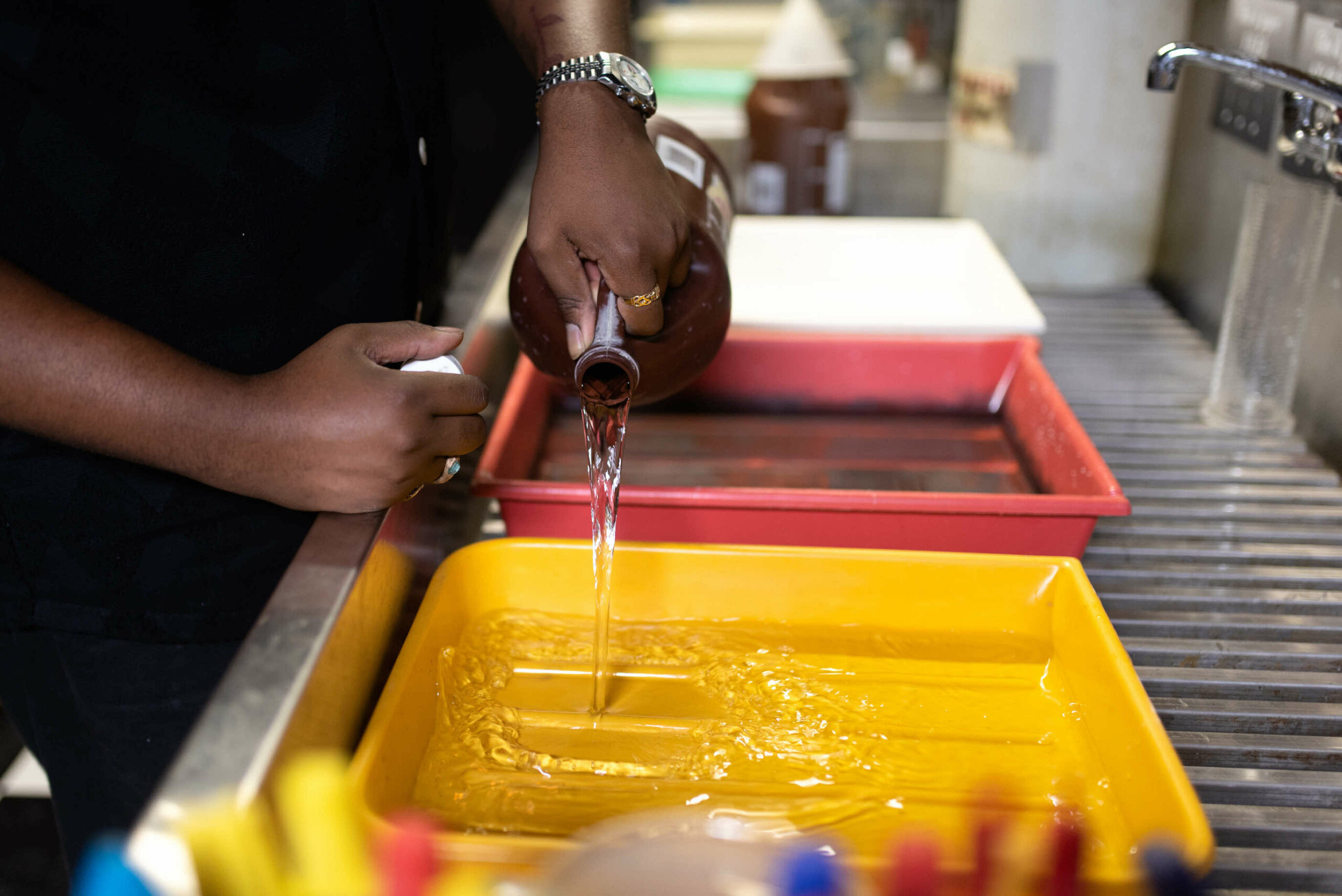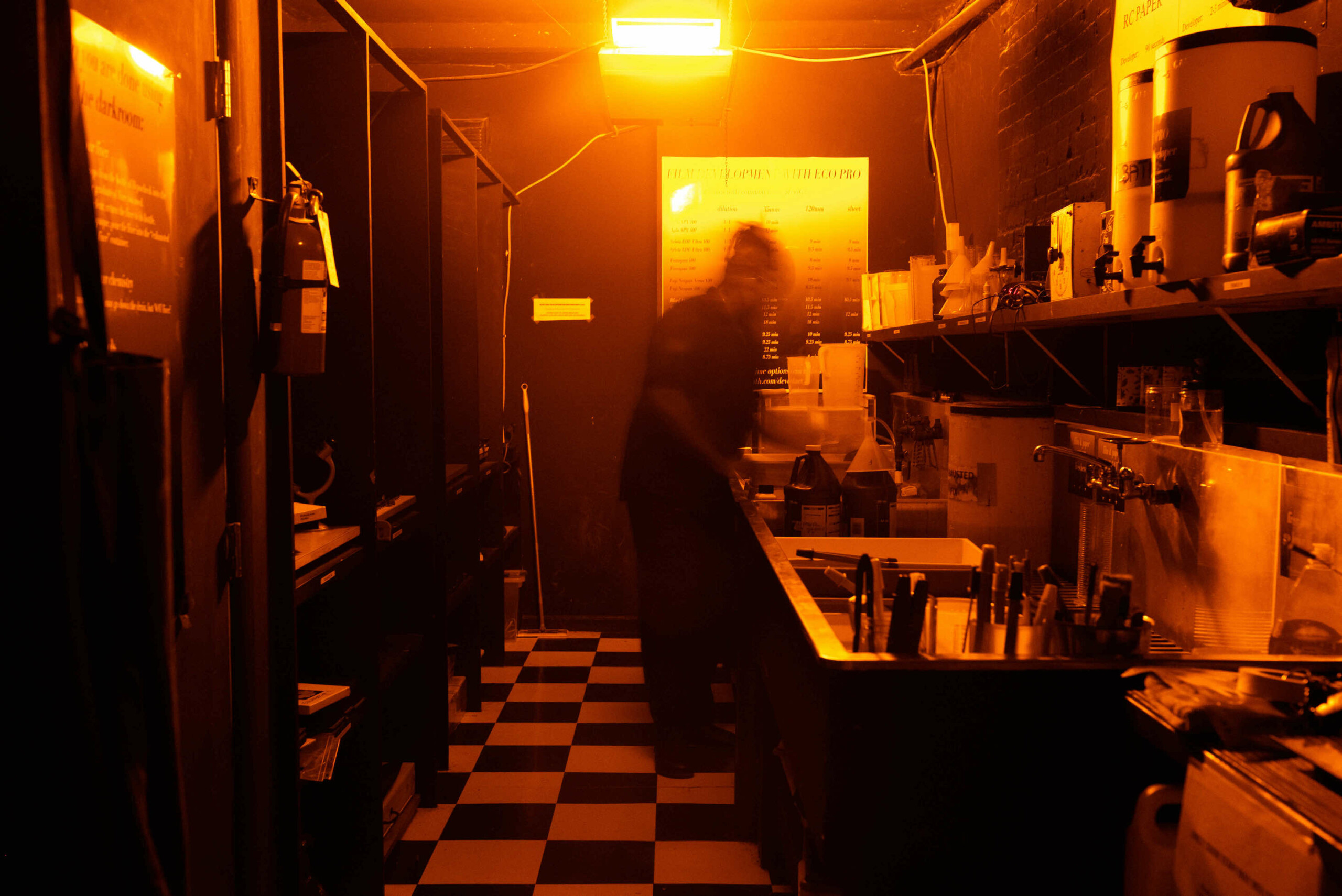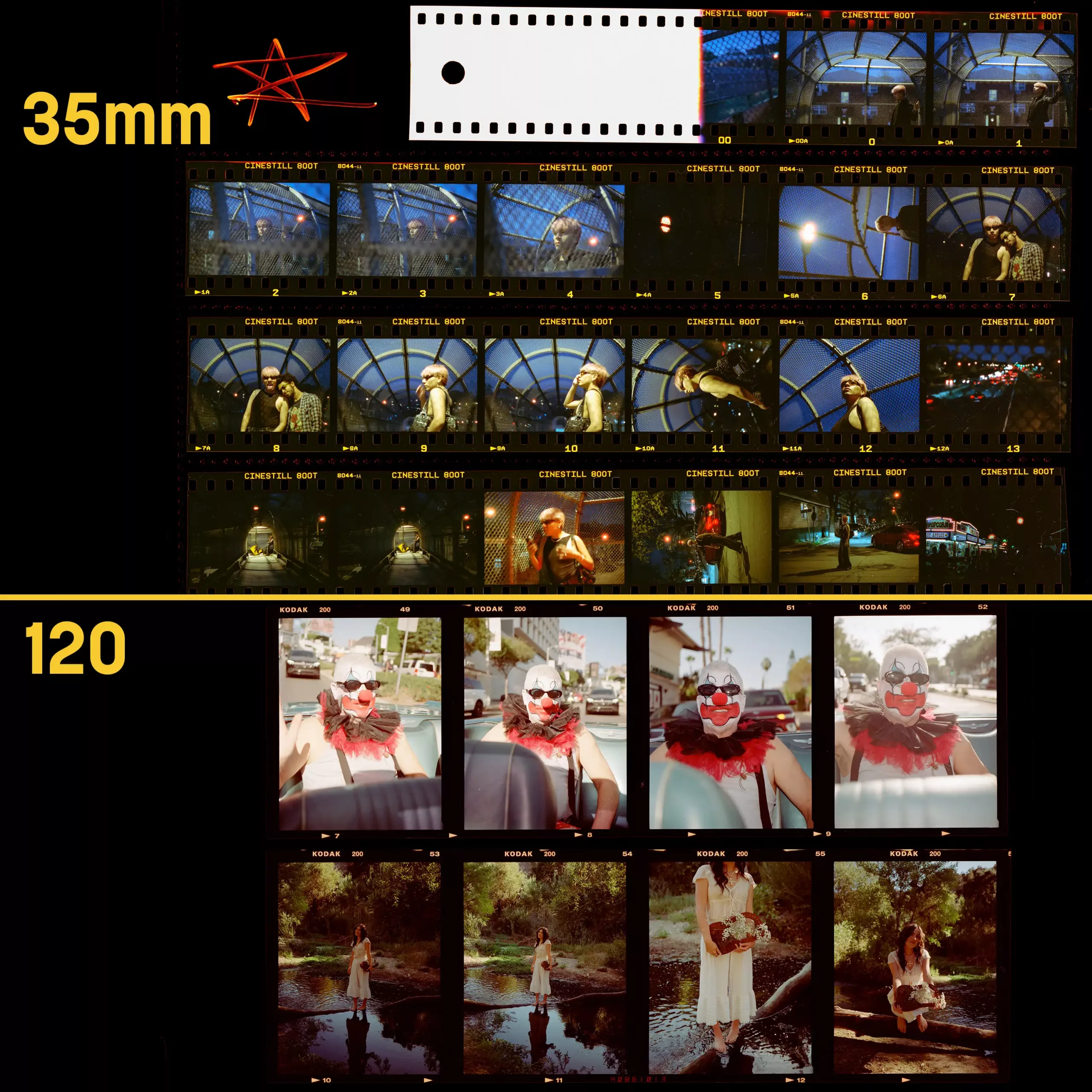The appeal of film photography endures despite the rapid adoption of digital photography. Both fans and professionals value the authentic experience that film photography provides as a physical link to the past. The idea of photo lab film development is essential to this procedure because it’s a delicate technique that calls for dexterity and accuracy. This article gives a thorough explanation of photo lab film development, illuminating its complex procedure, importance, and enduring allure.
A Craftsmanship Journey
Film development in photo labs is an art form that combines science and creativity rather than being merely a mechanical process. The process starts with treating the exposed film with care, which is an important step in making ensuring the photos are retained as intended. Subsequent stages involve precise chemical reactions that bring the latent images to life, transforming the exposed film into developed photographs.
What Chemistry Does in Photo Lab Film
The development of photo lab film is heavily reliant on chemistry. A sequence of chemical baths is applied to the film, bringing out the acquired images. Visible images are created during the development process as a result of the interaction of chemicals with silver halide crystals that are light-sensitive. The underlying beauty of the moments captured is revealed through this delicate dance of chemistry.
The chemistry involved in producing photo lab film:
- Chemical baths: Latent pictures come to life through a series of chemical reactions.
- Images are created when chemicals react with silver halide crystals.
- Precise Timing: Image quality and attributes are influenced by the length of development.
- Chemistry turns light-exposed film into beautiful pictures in Balancing Act.
- Scientific Elegance: Chemical reactions reveal the film’s latent artistic talent.
Preserving Authenticity
The development of film in a photo lab is a monument to authenticity in a world where filters and digital adjustments are commonplace. Without any modifications or post-processing effects, the technique captures photographs as-is. individual image is given its personality by authenticity preservation, which enables the flaws, textures, and colors to individually tell a distinct tale.
The Power of the Dark
The use of darkrooms is one of the most fascinating parts of photo lab film development. Professionals can alter time, chemicals, and light in these well-controlled conditions to get the desired effects. The photosensitive materials are protected from undesired light during the process by the red safelight in the darkroom. Darkrooms are transformed into sacred spaces where photographs come to life in a masterfully orchestrated ballet of elements.
A Relationship to Art
Film processing at a photo studio is not just a technical procedure; it also has a connection to photography’s artistic side. From loading the film to choosing the development time, every step calls for both a keen eye and a thorough knowledge of the medium. Film industry professionals are artisans who meticulously design each image to provoke feelings and capture moments fixed in time.
Crafted, Captured, Cherished
As a monument to the beginnings of photography, Crafted, Captured, Cherished
Photo lab film development serves as a link between the past and present. This artistic medium continues to enthrall admirers who respect the palpable quality of photos thanks to complex chemistry, expert craftsmanship, and a dedication to authenticity. In a world of instant gratification, photo lab film development reminds us that the beauty of a photograph lies not just in its subject, but also in the journey it takes to emerge from the darkroom.







